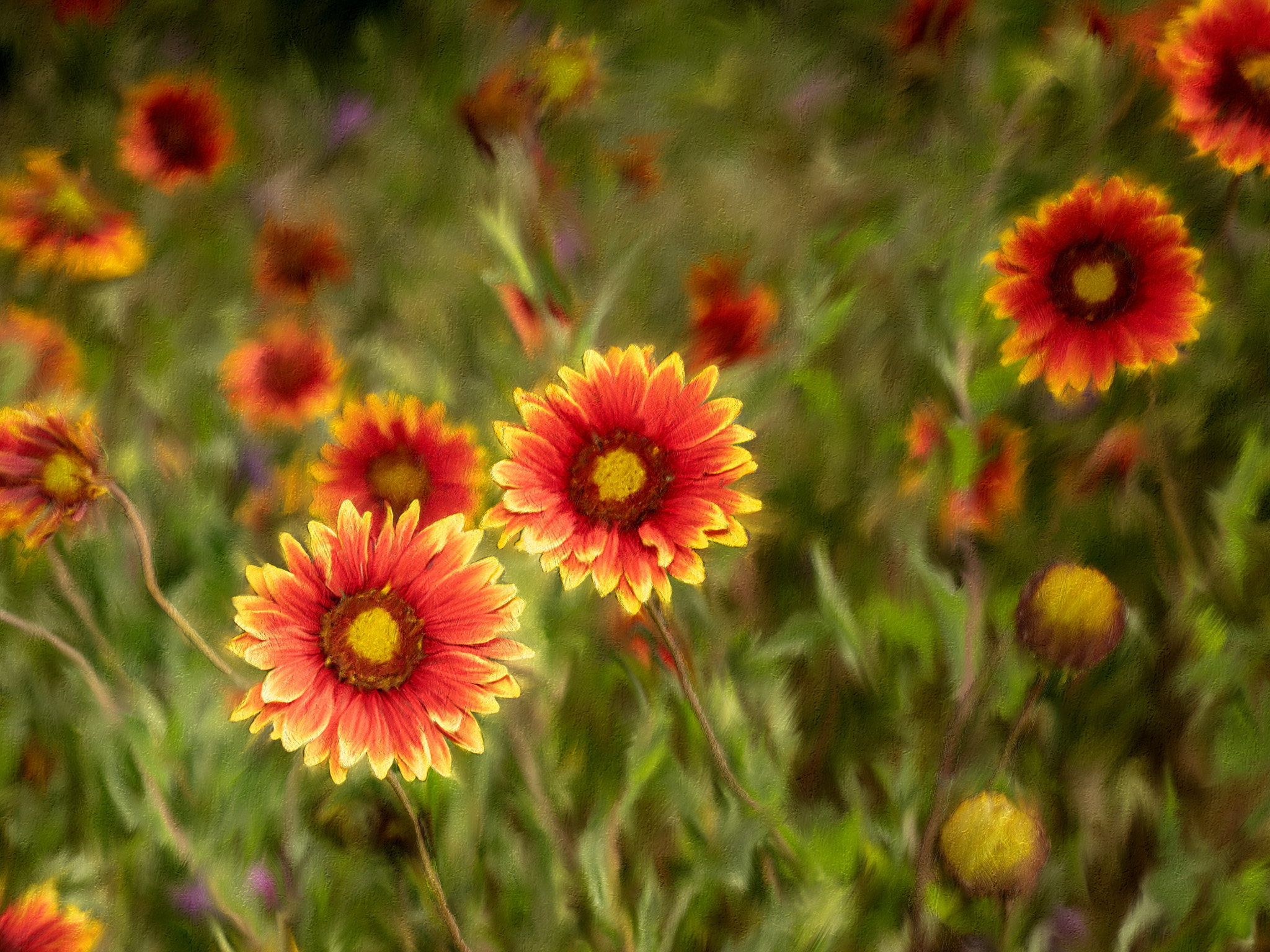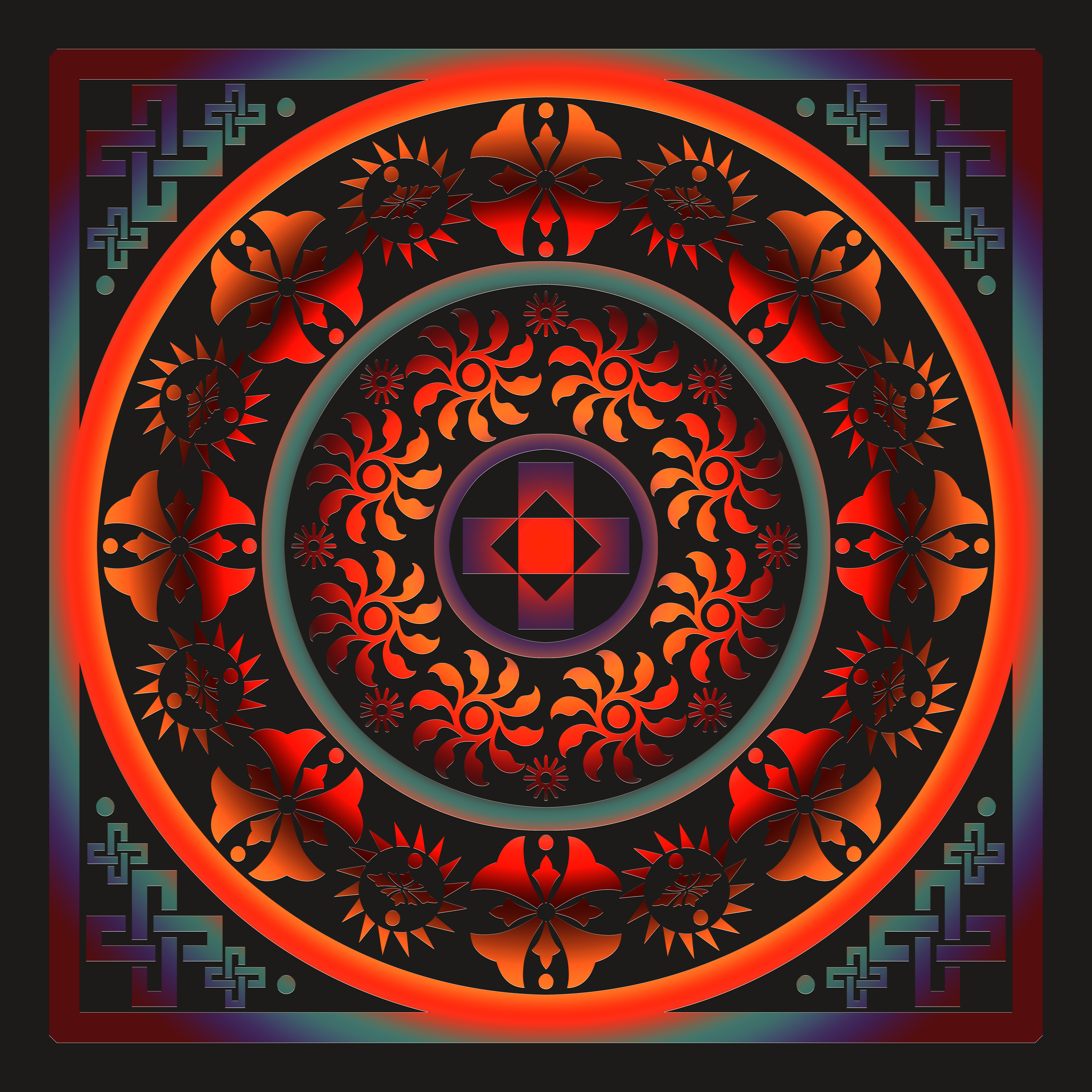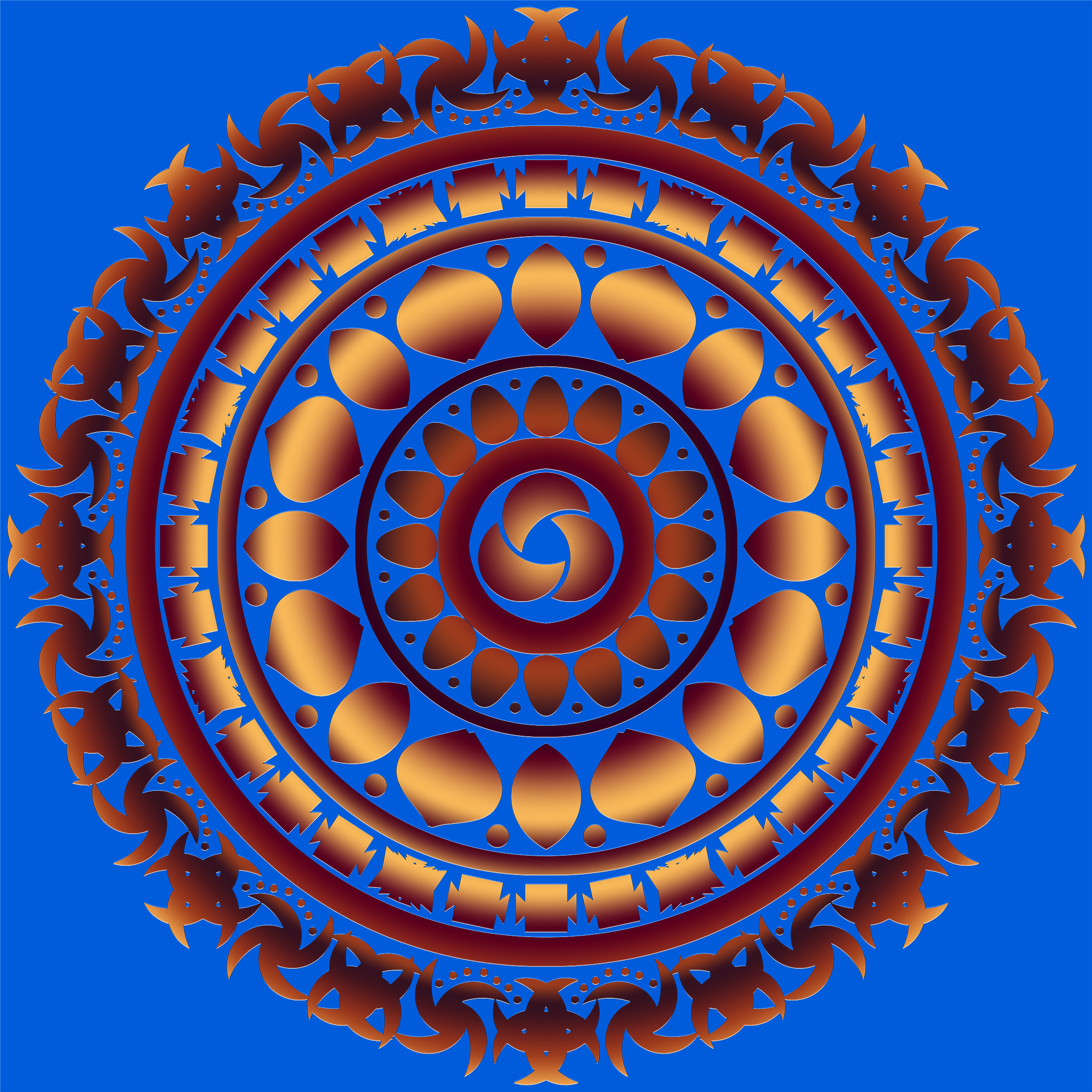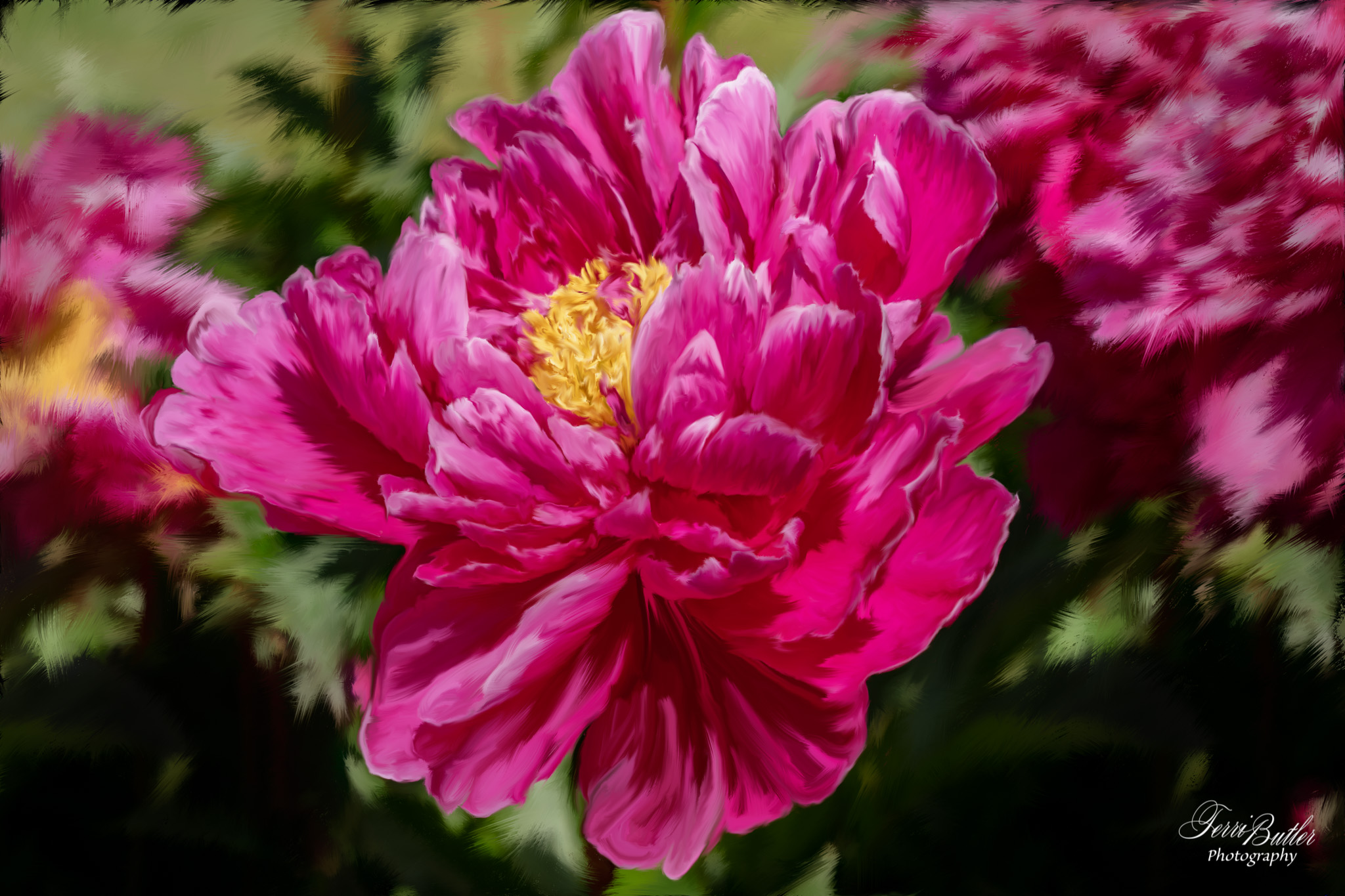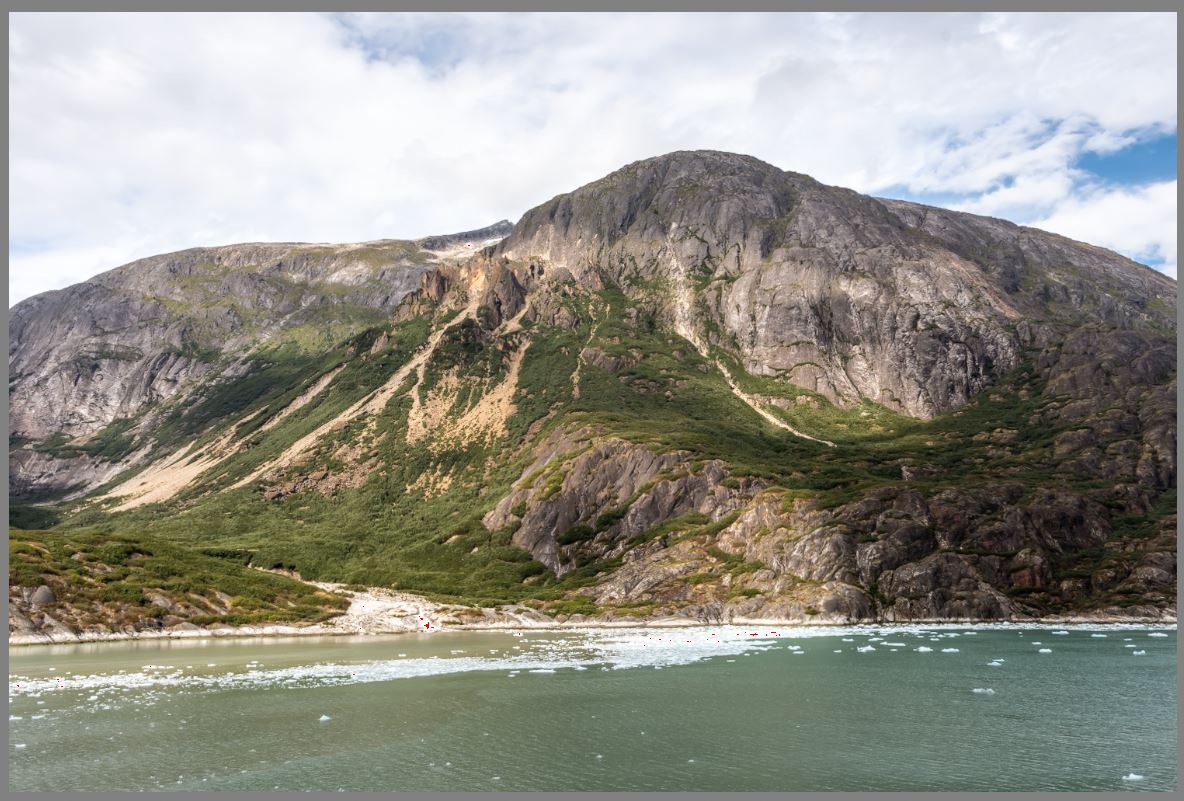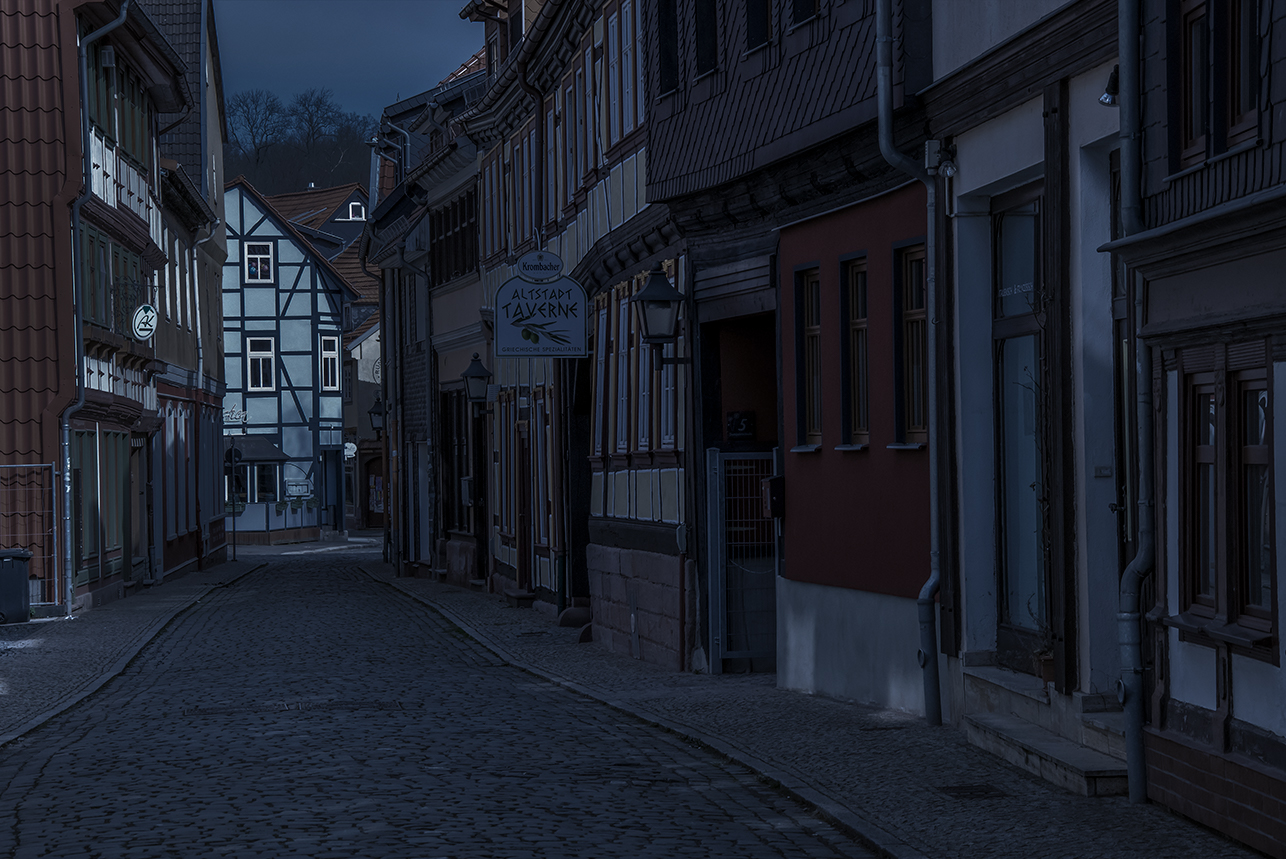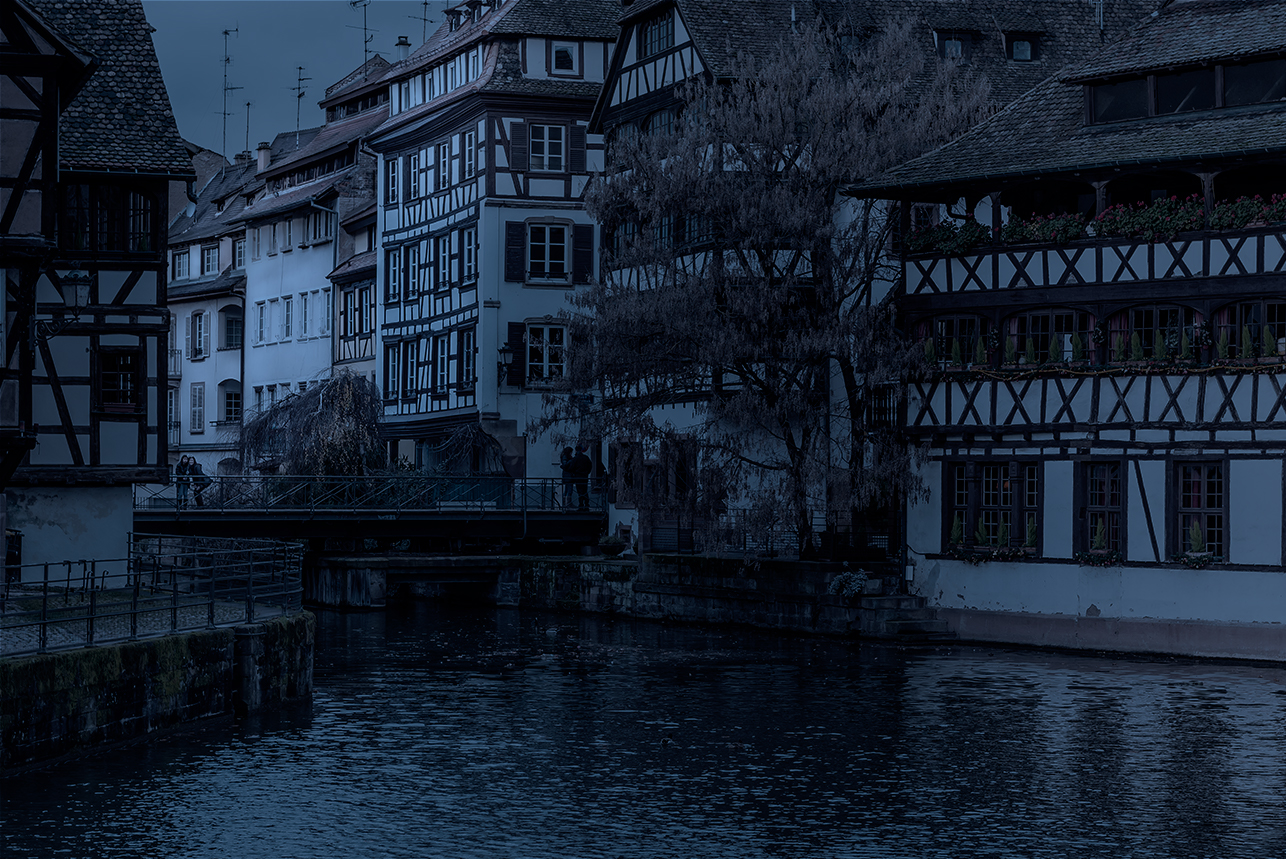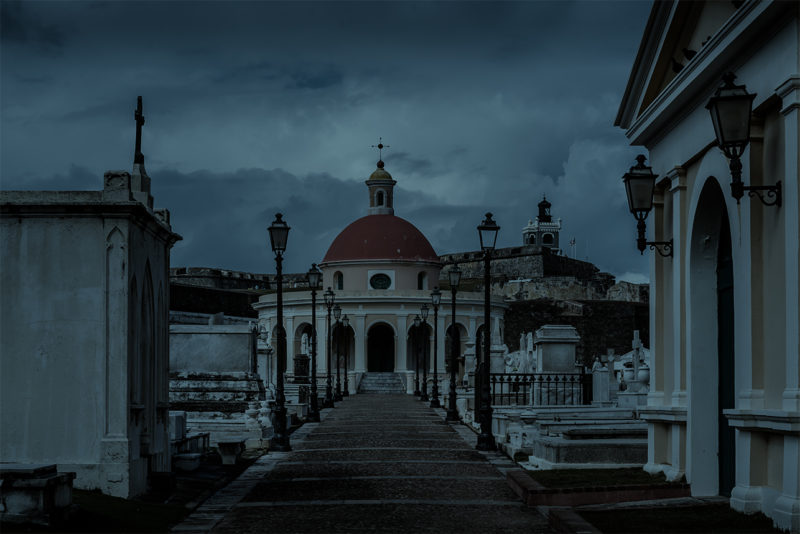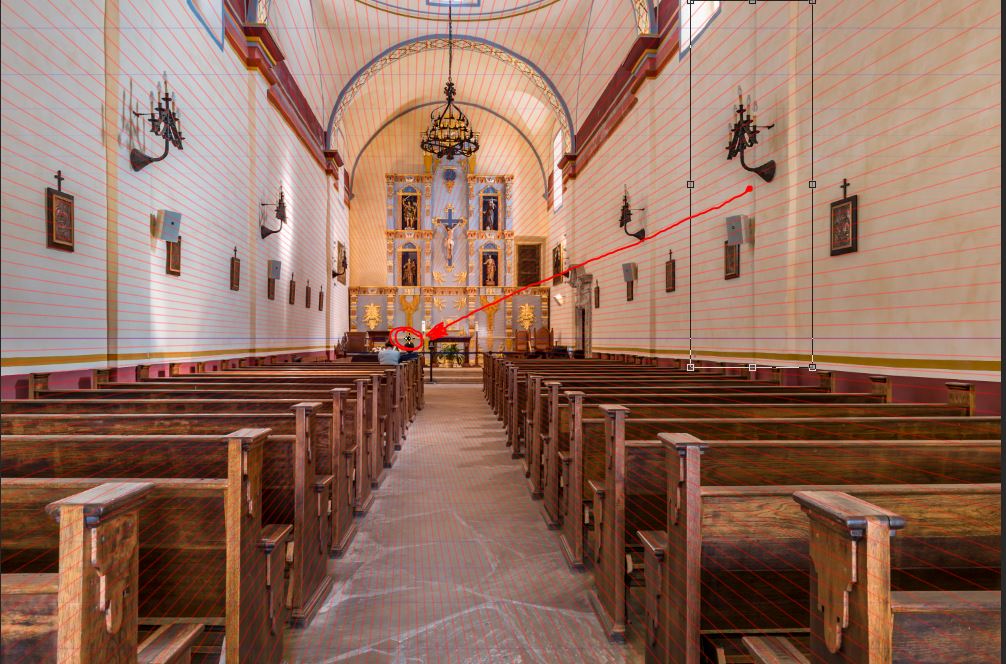Building a Color Palette for Photoshop Color Swatch
Photoshop’s Symmetry Tool
New Oil Painting Brushes
Enhancing Sunlight In Lightroom with an Effect
Day to Night – Using ACR and Adjustments
Day to Night – Using LUTs
Day to Night – Gradient Map Technique
How to Clone In Perspective
Demonstrating When Perspective Doesn’t Match
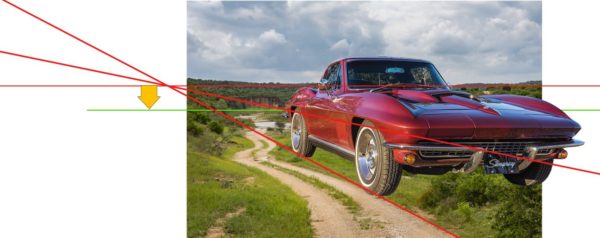
This is the fourth article in the series on compositing with perspective. We have covered the basic concepts of perspective, examined how to find the vanishing point and horizon in an image and discussed why the horizon is important. In this lesson we will demonstrate how to test whether the horizon…
